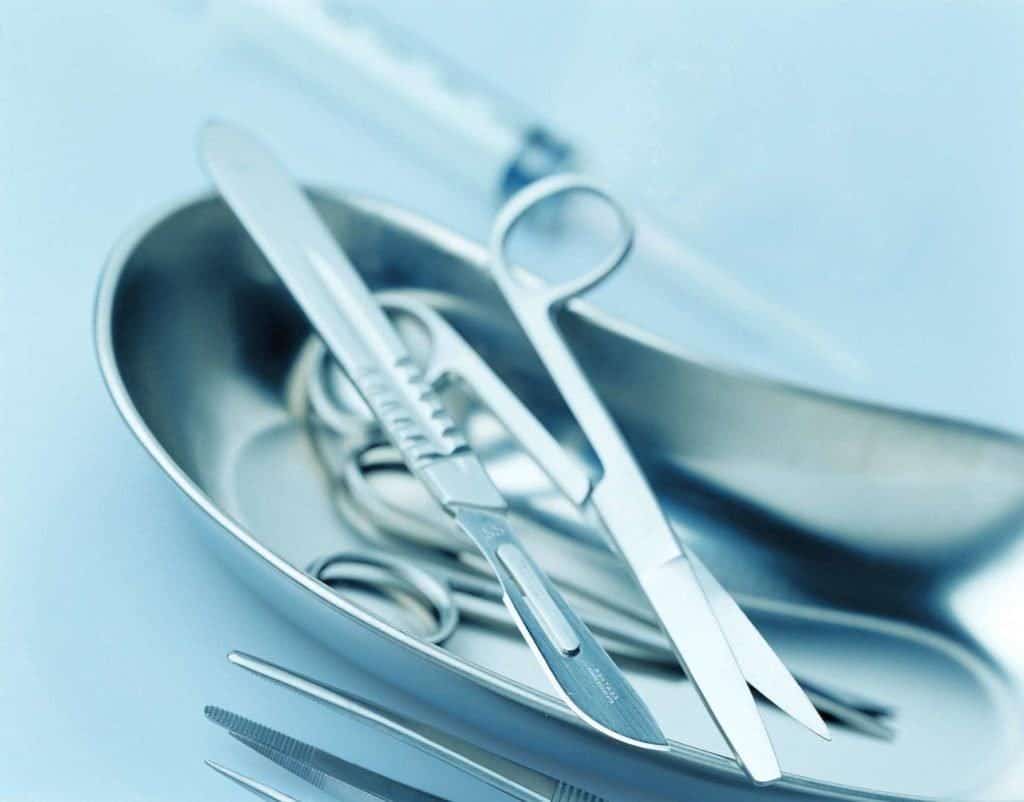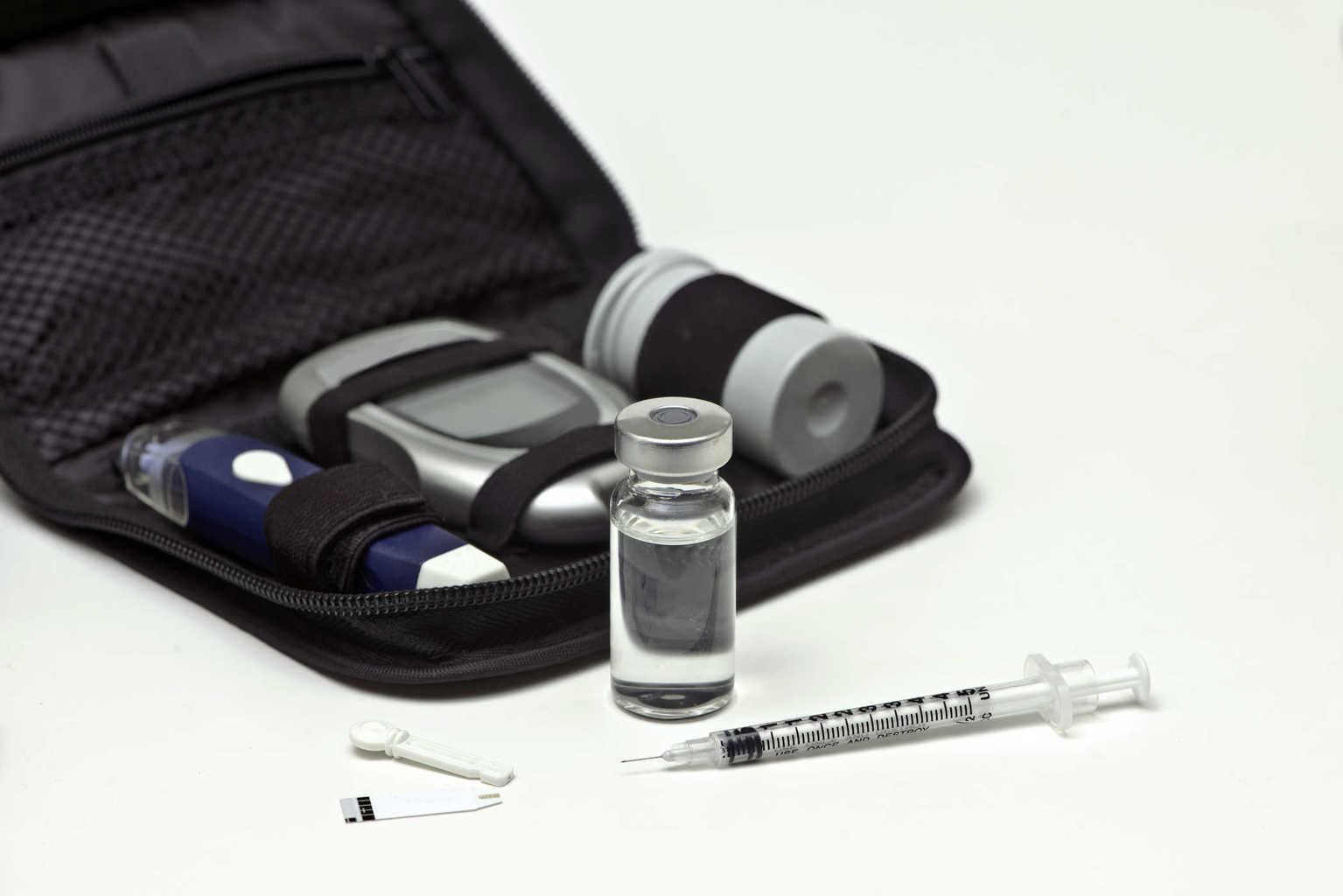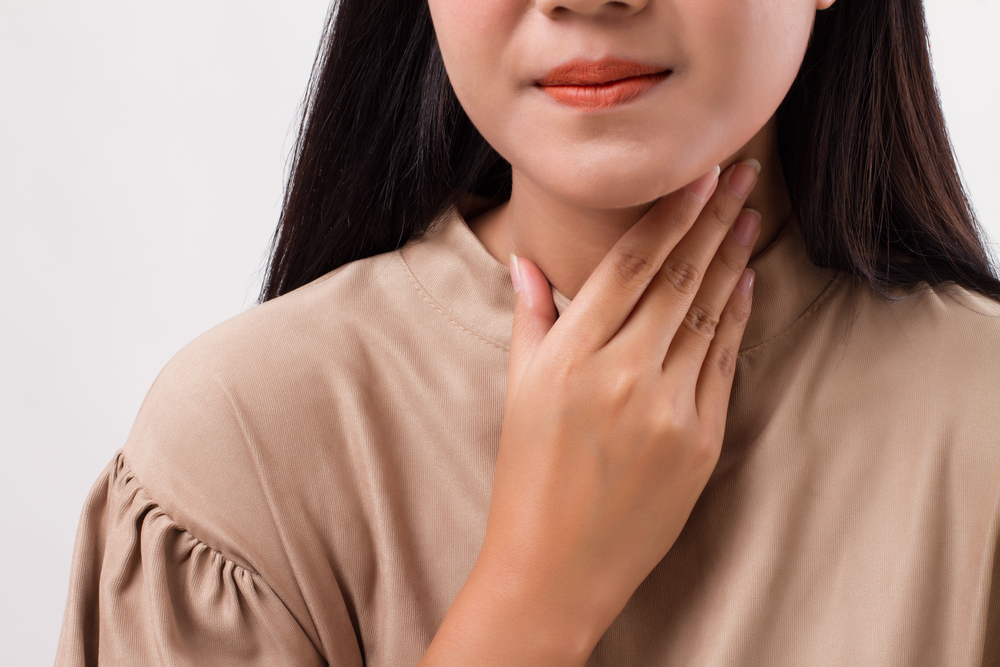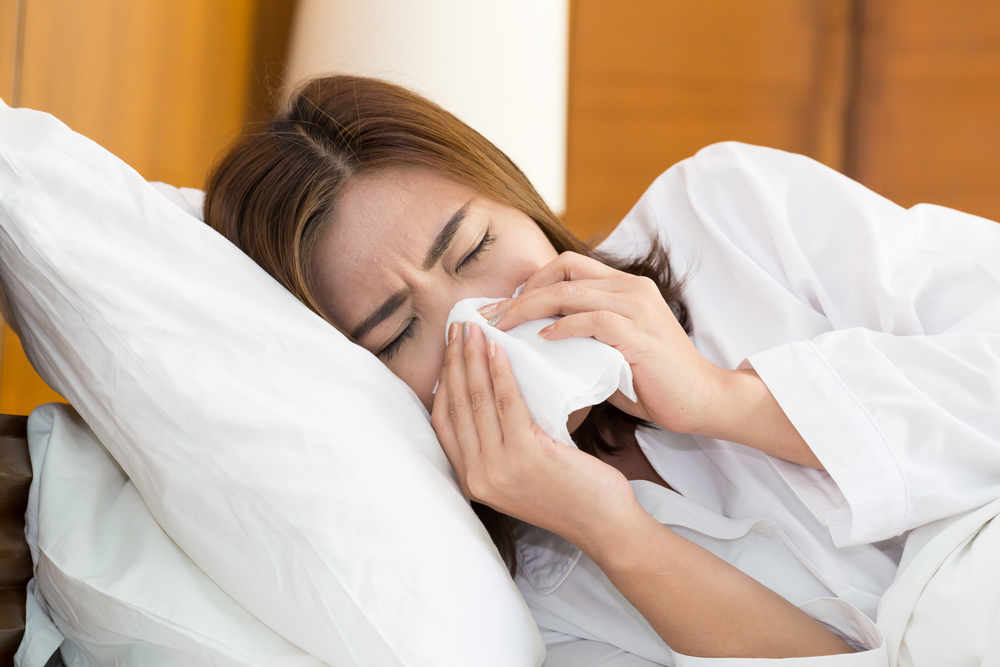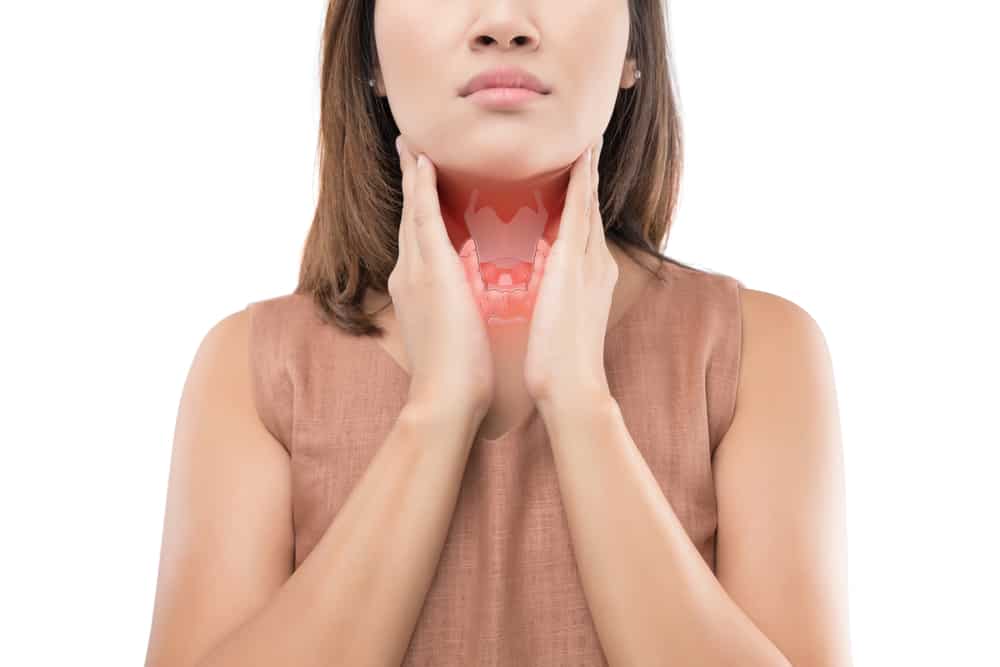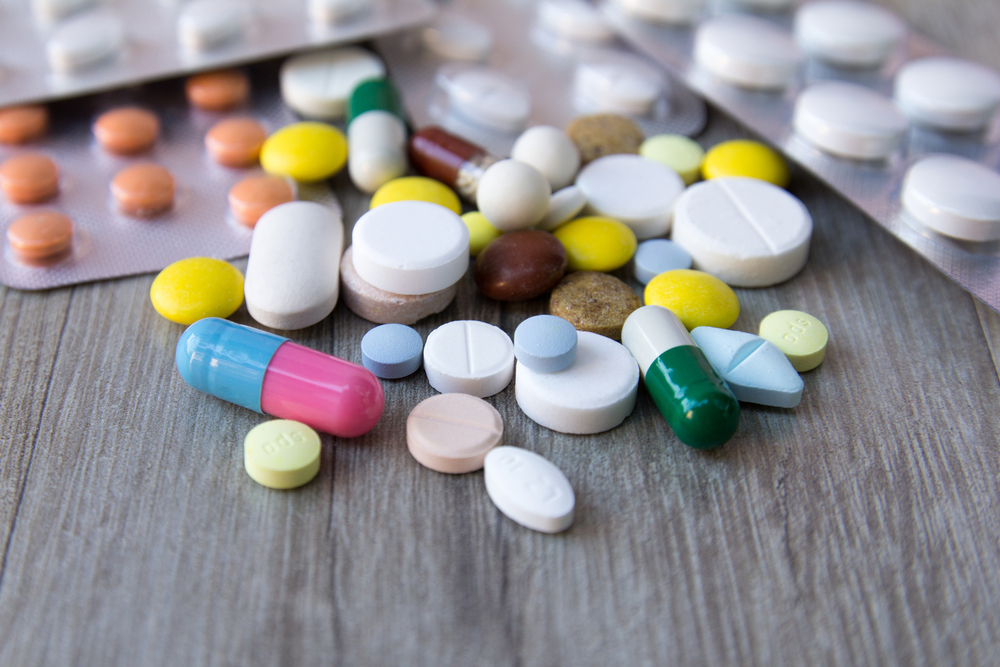Contents:
Medical Video: What It’s Like to Get a Breast Biopsy
Breast biopsy is a simple procedure in which breast tissue samples are taken and sent to the laboratory for examination. According to the Mayo Clinic, breast biopsy is the best way to evaluate if there is a suspicious substance that can potentially cause breast cancer.
Remember, a lump in the breast does not always mean cancer. There are several conditions that can cause lumps in the breast. Breast biopsy can help determine whether the lump in your breast is a sign of cancer or just a benign tumor (not cancer).
When do breast biopsies need to be done?
Breast biopsy is usually done to investigate lumps in the breast. This is very important because a lump in the breast can be very frightening, even though only one in five cases of breast lumps are found to be cancerous.
The doctor will usually ask you to do a biopsy if he suspects something after you have had a mammogram or breast ultrasound, or if there is a lump during a physical examination. You may also be asked to do a biopsy if there is a change in the nipple, including if bleeding, the skin hardens, the skin enters, or crusts. These symptoms are symptoms of a tumor in the breast.
Risk of breast biopsy
Although breast biopsies are easy and low risk, each surgery must have its own risks. Here are some side effects of breast biopsy:
- Changes in breast shape, depending on the size of tissue removed
- Bruised and swollen breasts
- Pain in the part that was injected
- Infection in the biopsied part
Make sure you follow all doctor's instructions for treatment after a biopsy. This will reduce the chance of you getting an infection.
There are rarely complications caused by biopsy. The benefit of knowing whether you might have a cancerous breast lump outweigh the risks of the procedure.
The sooner you know that you have breast cancer, the faster the treatment can work and can provide a better chance of recovery.
Prepare for breast biopsy
Before you do a breast biopsy, tell your doctor about the allergies you have, especially if you have experienced allergic symptoms of anesthesia. Also tell your doctor about the drugs you are taking, including over-the-counter drugs such as aspirin or vitamin supplements. They may cause blood thinning.
If your doctor asks you to do magnetic resonance imaging (MRI), inform your doctor if you have an electronic device installed in the body, such as a pacemaker. Also tell your doctor if you are pregnant or worried that you are pregnant. Although this test is safe for adults, the test is not considered safe for unborn babies.
Experts advise you to use a bra when the procedure is done. You may be given a cold compress after the procedure, to help reduce pain and inflammation. Your bra will help keep the cooling compress in place.
What is a breast biopsy procedure?
Before a breast biopsy, the doctor will examine your breasts. This includes a physical examination, ultrasound, mammogram, or MRI.
During one of these tests, your doctor may put a thin needle or wire in the area so that it will be easy to find the area again during surgery. You will be given anesthesia to relieve pain in the area around the lump.
Types of breast biopsies
There are several ways a surgeon can take samples of breast tissue, such as:
Thin Needle Biopsy (Fine Needle Biopsy)
In this procedure, you will lie on the table when the surgeon inserts a small syringe on the lump and sucks up the liquid sample. This procedure helps determine whether your lump is a fluid cyst or solid tumor.
Core Needle Biopsy
The procedure is similar to a thin needle biopsy, but this procedure uses a larger needle to take several samples. Each sample will be about the size of a rice.
Stereotactic Biopsy
During this procedure, you will lie flat on a perforated table. This table is electric and can be raised. This operation will take place under a table with your breasts placed between two plates. Your surgeon will make a small incision and take a sample with a needle or airtight examiner.
Core Needle Biopsy with MRI guide
During this test, your face will face down on a table and your breasts will lie on the low side on the table. An MRI machine will provide an image that will guide the doctor to the location of the lump. A small incision will be inscribed and the sample will be taken with a core needle.
Biopsy Surgery
How this procedure works is to remove some of your breasts by surgery. After that, the sample will be sent to the hospital laboratory, where the edges will be examined to ensure that all cancerous lumps have been removed. A metal marker might be implanted in your breast to monitor that part in the future.
What will happen after a biopsy
After the procedure, you will be allowed to go home. Samples will be sent to the laboratory. Generally it will take several days to analyze the sample.
You may need to treat the biopsied part by cleaning the area and changing the dressing. Your doctor will instruct you how to properly treat your wound.
If you have a fever of more than 37 ° C or the biopsy area is flushed, warmed, or drains water, you should contact your doctor because this is a symptom of infection.
Results of breast biopsy
Your test results can show whether the lump in your breast is benign (not cancerous), pre-cancerous, or cancerous. If your sample is cancerous, the results of a biopsy test will list what type of cancer you have. The types of cancer that can be detected are:
- Ductal carcinoma: cancer of the breast duct
- Inflammatory breast cancer: an unusual form that can make the skin in the breast look like an infected
- Lobular carcinoma: cancer of the lobules, or glands that produce milk
- Paget's disease: a rare cancer that affects the nipples.
The doctor will use a type of cancer or other information from a biopsy to help you plan treatment, including lumpectomy (surgical removal of tumors), radiation, chemotherapy, or hormone therapy.
However, some conditions that are not cancerous can also cause lumps in your breast. This includes:
- Adenofibroma: non-cancerous tumor in breast tissue
- Fibrocystic breast disease: painful lumps in the breast caused by hormonal changes
- Intraductal papilloma: small non-cancerous tumor in the ASI duct
- Mammary fat necrosis: a lump caused by bruising, or dead tissue or injured fatty tissue.
READ ALSO:
- Determine the stage of breast cancer
- Breast lumps and pains, is this cancer?
- Choice of surgery for breast cancer

